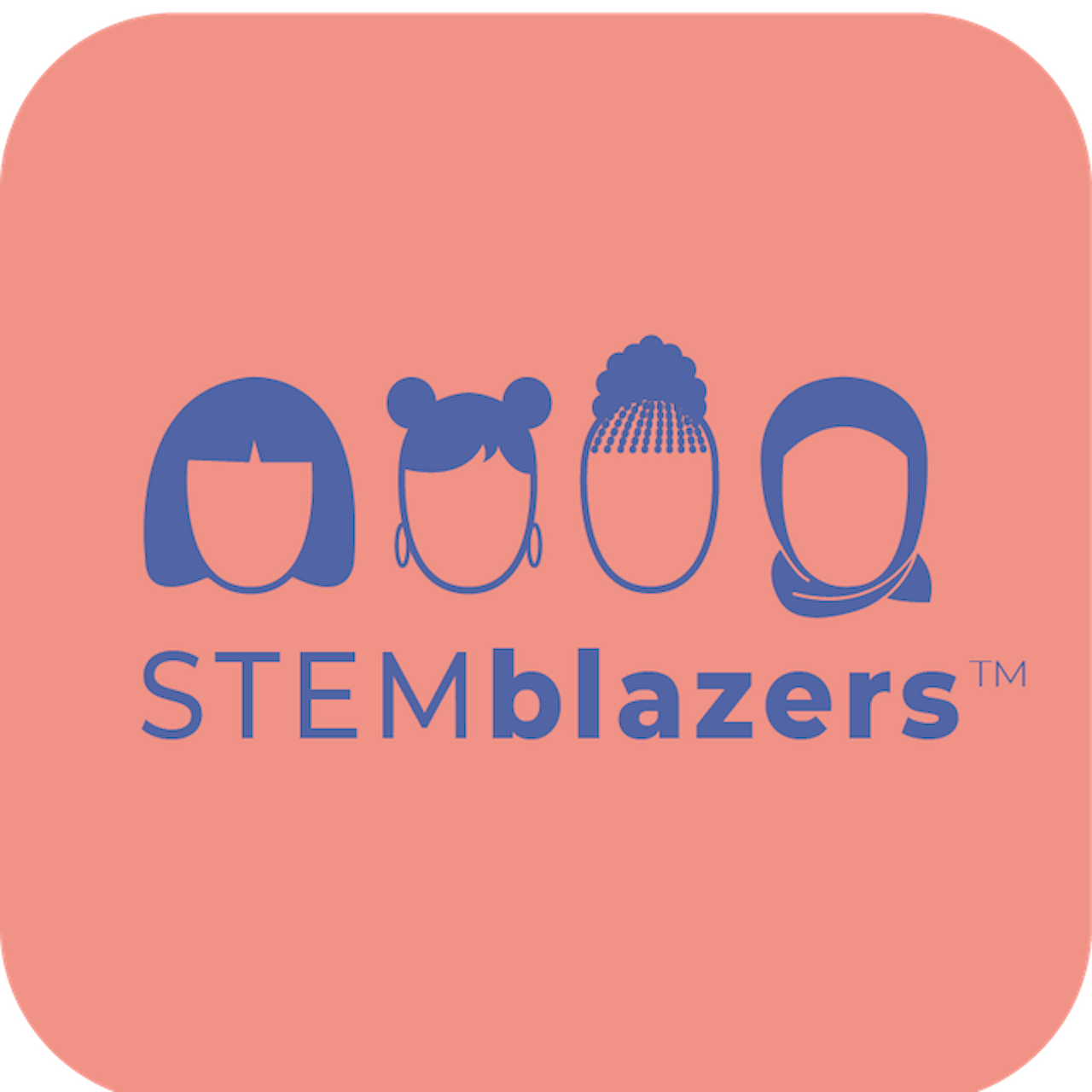Sparking Young Minds: Free Coding Resources for Elementary‑Age Girls
Encouraging girls to explore coding early lays the groundwork for a lifetime of innovation and confidence. Fortunately, there’s a wealth of high‑quality, no‑cost resources designed specifically for elementary‑aged girls, combining playful learning with foundational programming concepts. By tapping into these free platforms and activities, parents and educators can introduce coding in a way that feels less like homework and more like creative play.
Why Start Coding Early?
Boosts Logical Thinking: Learning to sequence commands and debug simple programs strengthens analytical skills.
Fosters Creativity: Coding invites students to turn imaginative ideas—like animated stories or custom games—into reality.
Builds Confidence: Early successes with coding projects empower girls to tackle challenges and persevere through setbacks.
Democratizes STEM: Free, accessible coding tools ensure all girls—regardless of background—can join the digital revolution.
Organizations such as STEMblazers champion gender equity in STEM by providing mentorship and resources that complement these free coding platforms. Parents can also find practical guidance on fostering coding interests through STEMblazers for Parents, and students can connect with peer communities at STEMblazers for Students.
1. ScratchJr: Block‑Based Storytelling and Games
Overview: ScratchJr is a visual programming app tailored for 5–7‑year‑olds. By snapping together colorful code blocks, young learners animate characters, design interactive stories, and create simple games.
Why It Works for Girls: Its emphasis on storytelling and creativity resonates with students who enjoy crafting narratives, making coding feel more like an art project than a technical task.
Getting Started: Download the free app on tablets or use the web version. Begin with guided tutorials that walk through character movement, sound integration, and event sequencing.
2. Code.org “Course A”: Hour of Code and Beyond
Overview: Code.org’s “Course A” is designed for grades K–2 and includes short, engaging lessons featuring familiar characters (e.g., from “Moana” or “Minecraft”). Each “Hour of Code” activity can be completed in 15–20 minutes.
Why It Works for Girls: Brand‑partnered tutorials leverage beloved characters to lower barriers and spark interest. The bite‑sized structure keeps attention focused and delivers quick wins.
Getting Started: Visit Code.org, select “Hour of Code,” and choose “Course A” activities. Instruction is fully visual, so reading proficiency isn’t required.
3. Tynker Junior: Interactive Puzzles and Exploration
Overview: Tynker Junior, aimed at ages 5–7, uses guided puzzles and voice‑narrated instructions to introduce block‑coding fundamentals.
Why It Works for Girls: Interactive puzzles encourage exploration and trial‑and‑error, letting learners feel like detectives solving coding mysteries.
Getting Started: Access the free trial on the Tynker website or download the app. Users complete puzzle sequences that unlock new levels and creative tools.
4. Kodable: Game‑Based Curriculum with Gamification
Overview: Kodable offers a free core curriculum covering basic coding concepts—functions, loops, conditions—through cute fuzzy characters navigating mazes.
Why It Works for Girls: The friendly “Smeeborg” universe and reward‑based progress (coins, badges) create a gamified environment that celebrates each achievement.
Getting Started: Teachers and parents can register for free to access classroom‑ready lessons and progress tracking.
5. Google CS First: Video‑Driven Clubs and Themes
Overview: Google’s CS First provides themed, video‑based coding clubs for grades 3–5. Modules range from animation and communication to art and music.
Why It Works for Girls: The diverse themes appeal to varied interests, letting girls choose a club (e.g., “Storytelling,” “Fashion & Design”) that aligns with their passions.
Getting Started: Sign up as a “Club Leader” (any adult can lead), choose a theme, and follow the provided lesson plans and videos.
6. CodeCombat: Playful Python and JavaScript Intro
Overview: Although traditionally aimed at older students, CodeCombat’s free “Ouroboros” levels are suitable for advanced 5th graders ready to try text‑based coding in a game‑like dungeon crawler.
Why It Works for Girls: The narrative‑driven gameplay transforms coding syntax into a quest, motivating learners to solve real programming challenges to advance.
Getting Started: Create a free student account and begin the introductory levels that scaffold basic Python or JavaScript commands.
7. Open Roberta Lab: Drag‑and‑Drop Robotics Simulations
Overview: Developed by the Fraunhofer Institute, Open Roberta Lab offers browser‑based, block‑coding environments for simulated robots—no hardware required.
Why It Works for Girls: Virtual robots can be customized, colored, and programmed to perform tasks, merging digital art with engineering logic.
Getting Started: Simply visit the Open Roberta Lab website, choose “Create a Program,” and follow the guided tutorials.
Best Practices for Supporting Young Coders
Celebrate Small Wins: Every successful script or correctly placed code block merits praise—confidence comes one “run” at a time.
Pair Coding with Real‑World Projects: After creating a simple animation in ScratchJr, have your child explain the “story” behind it or share it with family.
Engage in Playful Pair Programming: Work side‑by‑side—take turns clicking blocks, narrating logic, and brainstorming next steps together.
Showcase Creations: Host a “Coding Share‑Fair” at home or in class where girls present their projects, reinforcing pride and public speaking.
Bridge to the Next Level: Once block coding clicks, introduce simple text‑based syntax through platforms like CodeCombat or Python’s Turtle module.
Organizations like STEMblazers amplify these activities by offering role models, community events, and extended learning pathways. Parents and educators can find tailored advice on nurturing coding confidence at STEMblazers for Parents, while students can explore advanced opportunities via STEMblazers for Students. To see how early coding exposure fuels long‑term impact, visit STEMblazers’s Impact page.
Empowering elementary‑age girls with free coding tools is an investment in a more equitable STEM future. By combining engaging platforms with supportive mentorship and community, we can ensure that every young girl has the opportunity to discover her voice in the digital world—and perhaps become the next great innovator.

